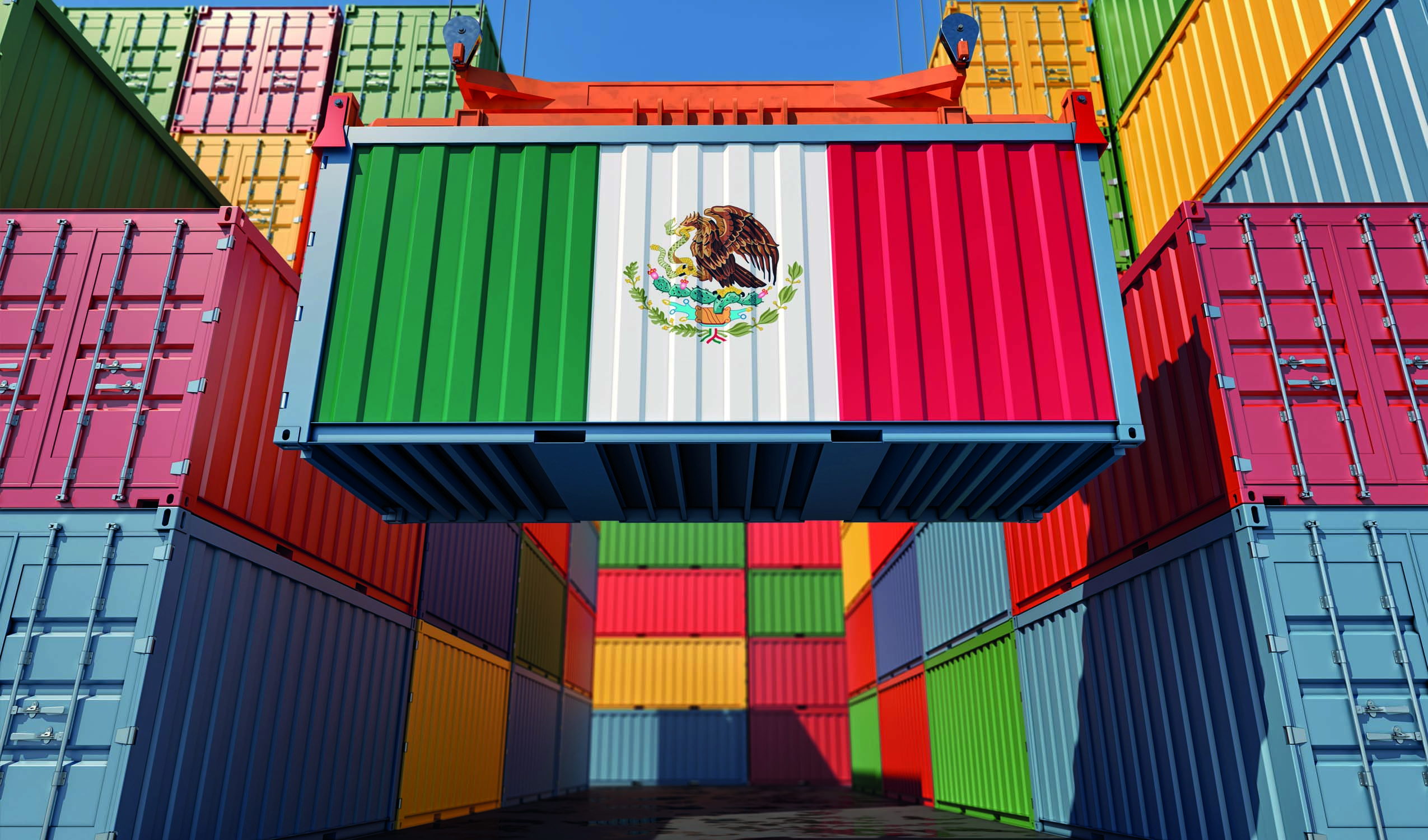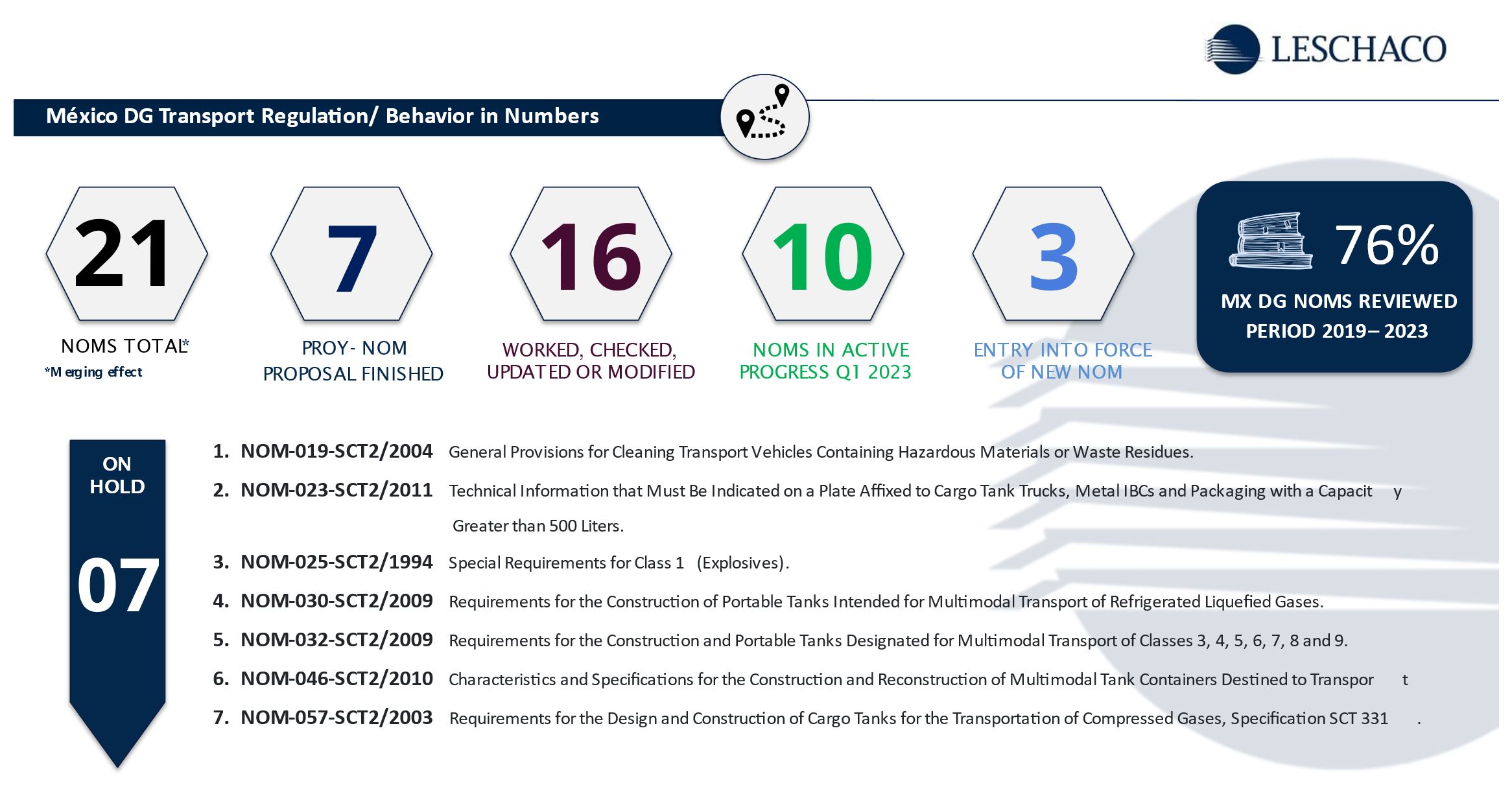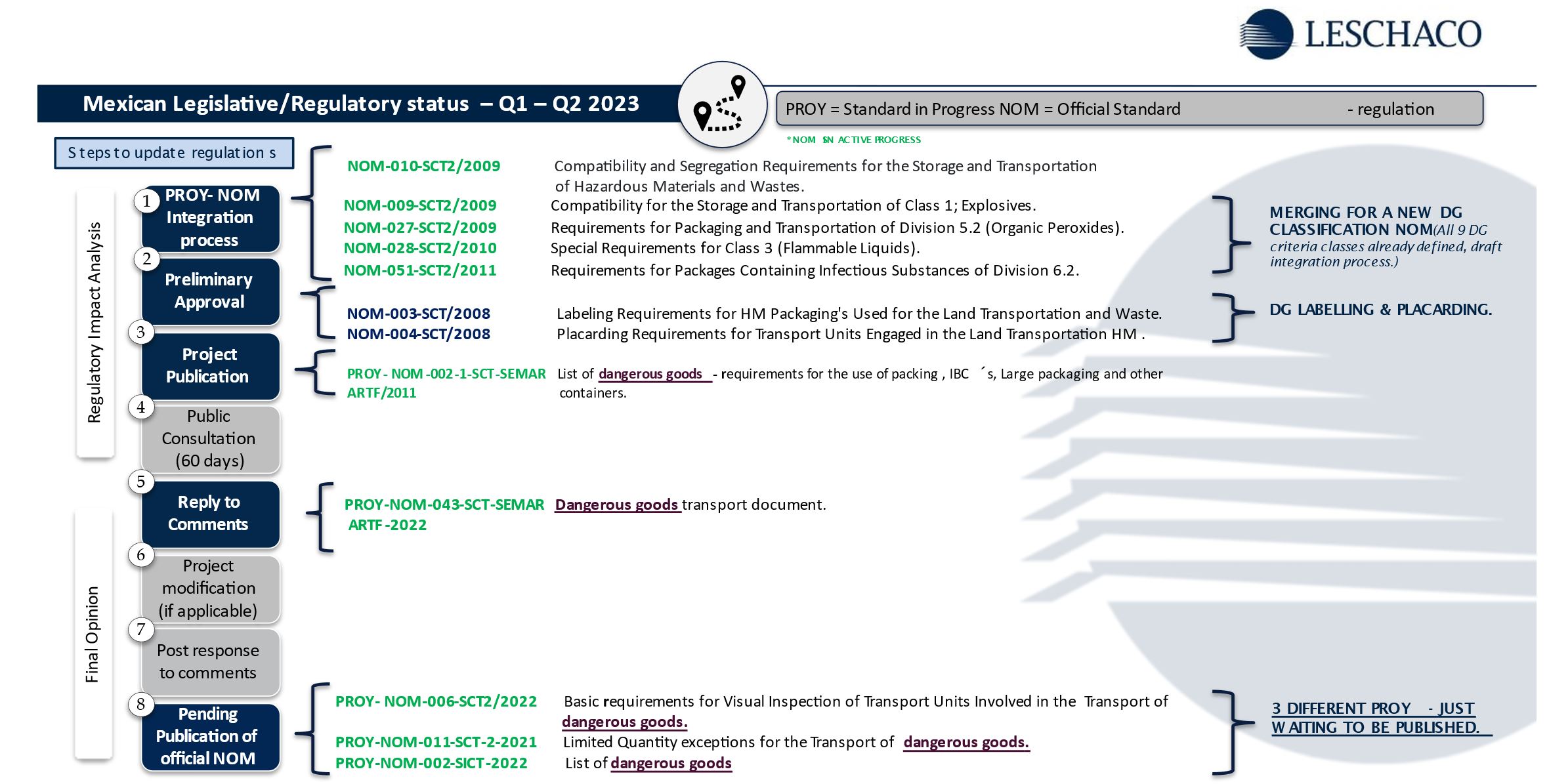Copyrights 2022/23: Lexzau, Scharbau GmbH & Co. KG, Bremen (Germany). Concept and realization vibrio | Imprint | Privacy | Cookie Settings


Have you ever been confronted with the fact that the regulations of the country of origin, international transportation, and regulations in the country of destination are completely opposed to each other in an international movement of dangerous goods? How have you dealt with this issue? Have you tried to adapt your shipment at intermediate points located anywhere in the world to comply with the regulations of the country of origin, international transportation and then with the country of destination? If so, have you considered that this misalignment between dangerous goods regulations and efforts to thoroughly adapt shipments, exponentially increases the risk of facing a potentially dangerous goods emergency with exposures to life, environment and/or property, in addition to the associated time and costs?
Transport of dangerous goods is regulated to prevent, as far as possible, accidents to persons or property and damage to the environment, the means of transport employed or to other goods. At the same time, regulations should be framed so as not to impede the movement of such goods, other than those too dangerous to be accepted for transport. With this exception, the aim of regulations is to make transport feasible by eliminating risks or reducing them to a minimum. It is a matter therefore of safety no less than one of facilitating transport.
Although for many of you this may seem an isolated or strange fact, these issues are part of everyday life in the international logistics of dangerous goods. Precisely this type of circumstances during the international logistics of dangerous goods is one of the main headaches for those of us who dedicate ourselves to learn every day about the best practices in the transportation of dangerous goods where creativity, academia, technical expertise, and logistics field knowledge come together. The transport of dangerous goods is an art as a matter of trust and purpose.
Precisely these facts were the basis for believing that “Every single grain of sand counts” 12 years ago on dangerous goods transportation regulations in our office in Mexico where a large number of dangerous goods are transported to or from Mexico through the different means of transportation with special attention to the northern border of the country where the border crossings with the highest volume of international logistics movements worldwide are located. What started with a simple reflection around “If international and national regulations were well aligned…” took over 7 years of collaborations with the main industry associations, specifically with the support of the National Association of the Chemical Industry in Mexico and a community of specialists representing the largest companies in the chemical industry who also believed that “Every single grain of sand counts.”
Since 2018, our specialists in Mexico are part of the active technical advisors of the Department of Transportation that elaborates and updates the regulations on the transport of dangerous goods. This group of technical specialists is made up of representatives of the different authorities in the country, industrial chambers, associations, and a minority participation of private initiative companies. In this regard, LESCHACO is the first and only Freight forwarder to reach this level of collaboration.
The transport of dangerous goods in Mexico is currently integrated by a general law on which depend a regulation and 21 official Mexican standards that integrate most of the general points established in the United Nations model regulations.

During these five years of participation, we have collaborated in the elaboration and updating of 76% of the total of the existing regulations on the transport of dangerous goods in Mexico. Of course, during these five years we have learned more than ever that “Every single grain of sand counts.”

Finally, dear readers, it remains to thank you for your time in having reached this point of the article. We offer you the most updated information available on the transport of dangerous goods in Mexico. For questions, suggestions or comments, feel free to email us at blogteam@leschaco.com. We look forward to hear from you.
Cover photo: Marius Faust – stock.adobe.com
The Leschaco Group is a global logistics service provider that combines Hanseatic tradition with cosmopolitanism and a spirit of innovation. “Experienced. Dedicated. Customized.” This is a fitting summary of the company’s philosophy: On the basis of decade-long experience teams of specialists set up customized solutions
› Sea Freight
› Air Freight
› Tank Container
› Contract Logistics
› Supply Chain Solutions
› Intermodal Transports
› Industrial Solutions
› Services
Lexzau, Scharbau GmbH & Co. KG
Kap-Horn-Straße 18
28237 Bremen
Deutschland
phone (49) 421.6101 0
fax (49) 421.6101 489
info@leschaco.com
Copyrights 2022/23: Lexzau, Scharbau GmbH & Co. KG, Bremen (Germany). Concept and realization vibrio | Imprint | Privacy | Cookie Settings